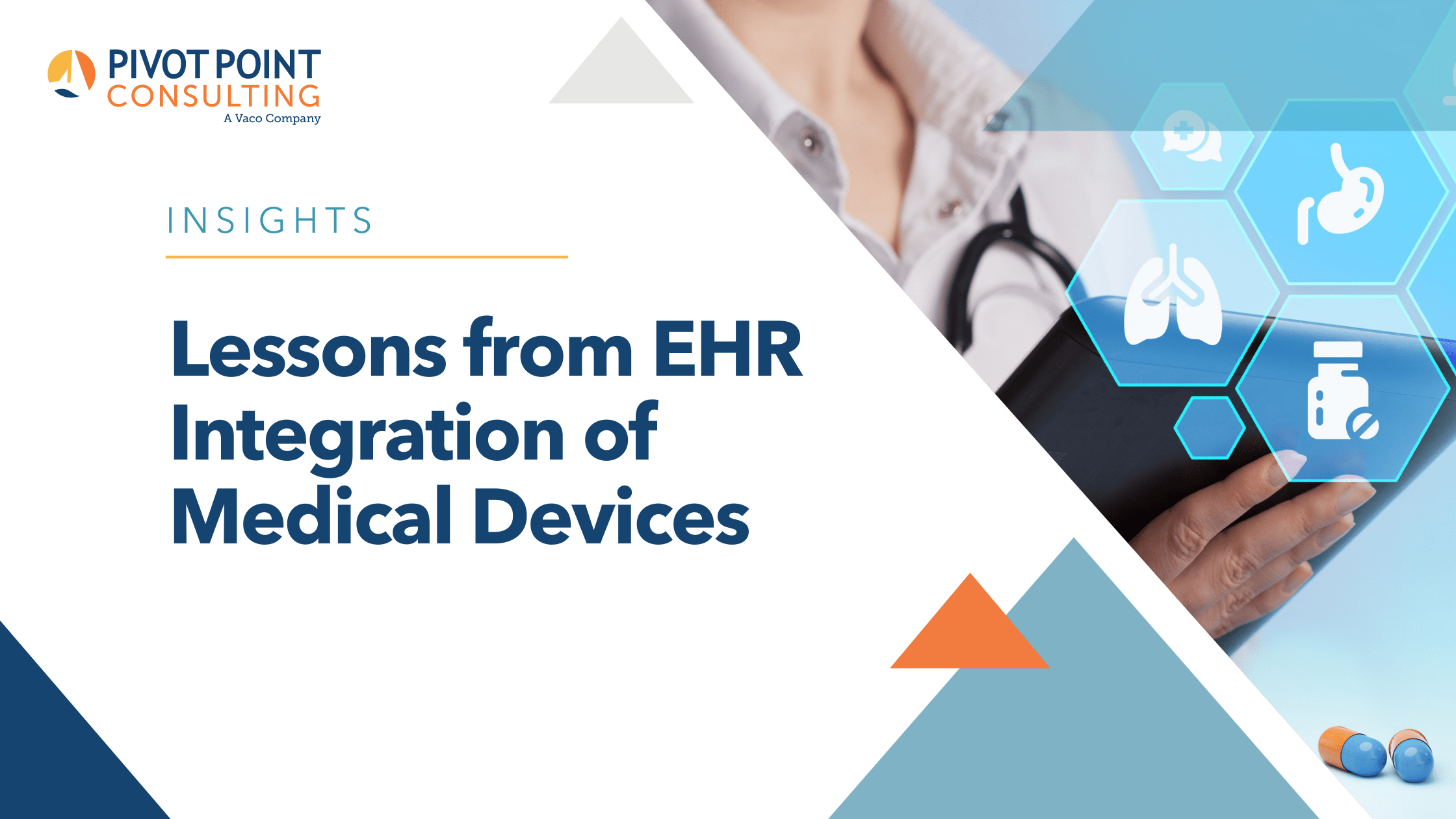Human lives depend on how well a healthcare organization manages its EHR integration of medical devices.
As a project manager working with big healthcare systems for over 10 years, I’ve learned how important it is to connect medical devices with electronic health records (EHRs).
Information from heart monitors, ventilators, and other devices must be well managed, connected and put into each patient’s EHR so that many doctors can use it. When these devices are connected correctly, they help quickly send important information to EHRs, making patient care safer and better.
Otherwise, failing to do so can prove fatal.
Lessons borne out of experience
My job is to bring together doctors, IT experts, and device companies to make sure everything is well organized and communicated. Sharing information between these teams is very important for our success because doctors and nurses use this data to make quick, life-changing decisions.
Additionally, I have learned other valuable lessons about EHR integration of medical devices.
Start with a clean inventory list of medical devices and equipment planned for the device integration project. This list should include all devices and equipment, like firmware versions, serial ports and Ethernet connections.
At the project’s onset evaluate and identify devices lacking the capability to integrate. Identify older firmware versions and research possibility of cost to update as opposed to replacement.
Conduct walkthroughs on clinical rounds to determine data points for integration in order to identify network cabling and power needs. At that time, initiate engaging device vendors and setting clear deadlines and key parameters for the EHR integration.
Ensure middleware vendors partnering with the medical facilities supply all security-related product information upfront.
Invite middleware vendors to an onsite visit to determine exactly how much hardware is needed to ensure connection with other devices. Also include them in weekly or biweekly team update meetings. They are oftentimes overlooked.
Be adaptable and versatile to make quick adjustments while also striving to deliver impeccable results. Since workflows are not usually established upfront, responsibilities get shuffled around and integration details quickly become overwhelming.
Find creative ways to facilitate communication among the different team members. For example, use green, yellow, and red colors to show changes in the project and help fix problems faster. When senior management tackles red status issues as a group, expect people to pay attention!
Regulatory and Compliance Considerations for EHR Integration
When working on EHR integration, you must know about rules and laws related to medical devices and EHRs:
a. HIPAA Compliance: Make sure all data sharing between devices and EHRs follows HIPAA rules to protect patient data and keep data safe.
b. FDA Regulations: Make sure medical devices connected to EHRs follow FDA rules about how well they work, how safe they are and how effective they are.
c. Interoperability Standards: Follow industry rules like HL7 and FHIR to make it easier for different healthcare systems and devices to share data.
d. Cybersecurity Measures: Use strong cybersecurity to protect private health information from being stolen and follow security rules.
Best Practices for EHR Integration Projects
To ensure the success of your EHR integration project, consider implementing the following best practices:
- Choose good technology partners: Work with trusted and experienced medical device companies that have done successful EHR integrations before.
- Set clear goals: Make sure everyone, including doctors, IT experts, and managers, knows the goals of the EHR integration project and wants to improve patient care.
- Manage change effectively: EHR integration projects can be disruptive to established workflows and processes. Talk to everyone involved, give training and support, and be ready for change to help your organization go through the process smoothly.
- Check progress: Keep an eye on how the project is going, find any problems, and make changes to stay on track.
Future Trends and Innovations in EHR Integration and Medical Devices
Stay updated on new trends and ideas in EHR integration and medical devices:
a. AI and Machine Learning: These technologies are changing healthcare by helping analyze data, predict results, and create personalized treatments.
b. IoT in Healthcare: The IoT connects medical devices, wearables, and smart technology to collect lots of patient information.
c. Telehealth and Remote Patient Monitoring: As these technologies become more common, EHR projects should think about including them to make it easier to share data between patients, doctors, and devices.
d. Interoperability and Data Exchange Standards: New rules like FHIR R4 and SMART on FHIR can make it easier for different systems to work together and improve EHR projects.
Organization translates to project acceleration
Finally, organization of every integration detail is imperative. Associated device hardware, such as installing mounting hardware and new monitors in each patient room, must be managed. Biomedical managers, hospital IT groups, and clinical administrators must work concurrently to coordinate every step. In my experience, managing all of these different teams is by far the most challenging aspect of device integration.
Healthcare is slowly improving, and we must use technology to make patient care better and help patients and doctors work together. Good communication, organization, and data management are important for the success of EHR integration projects with medical devices.
This article was also shared by HIT Infrastructure.


